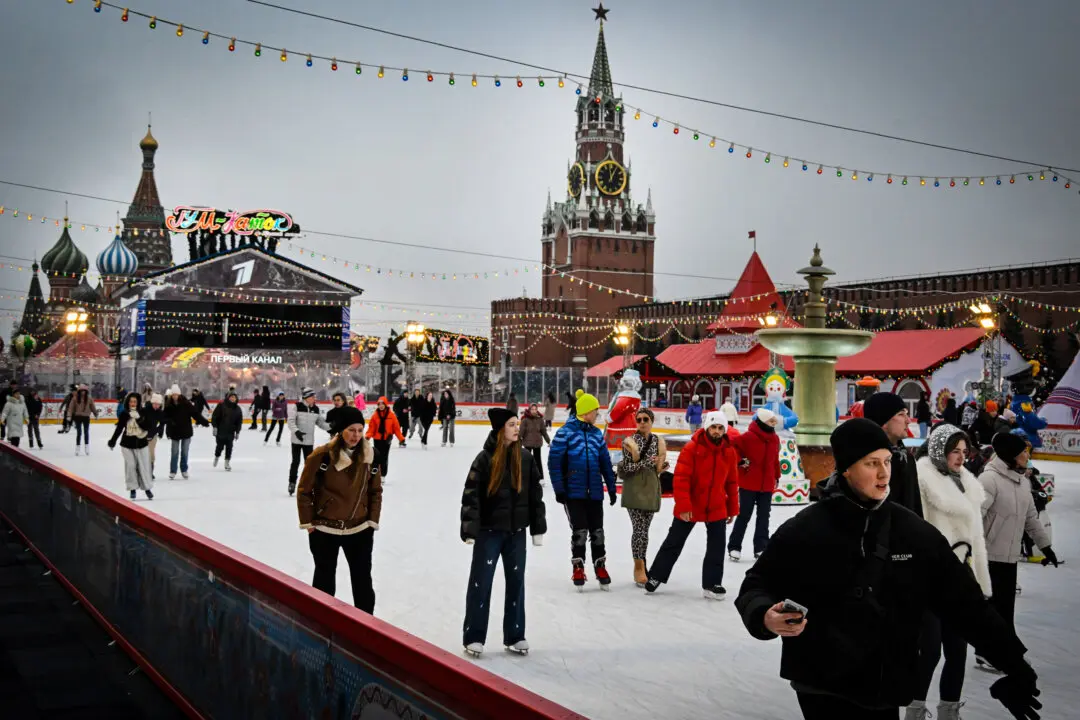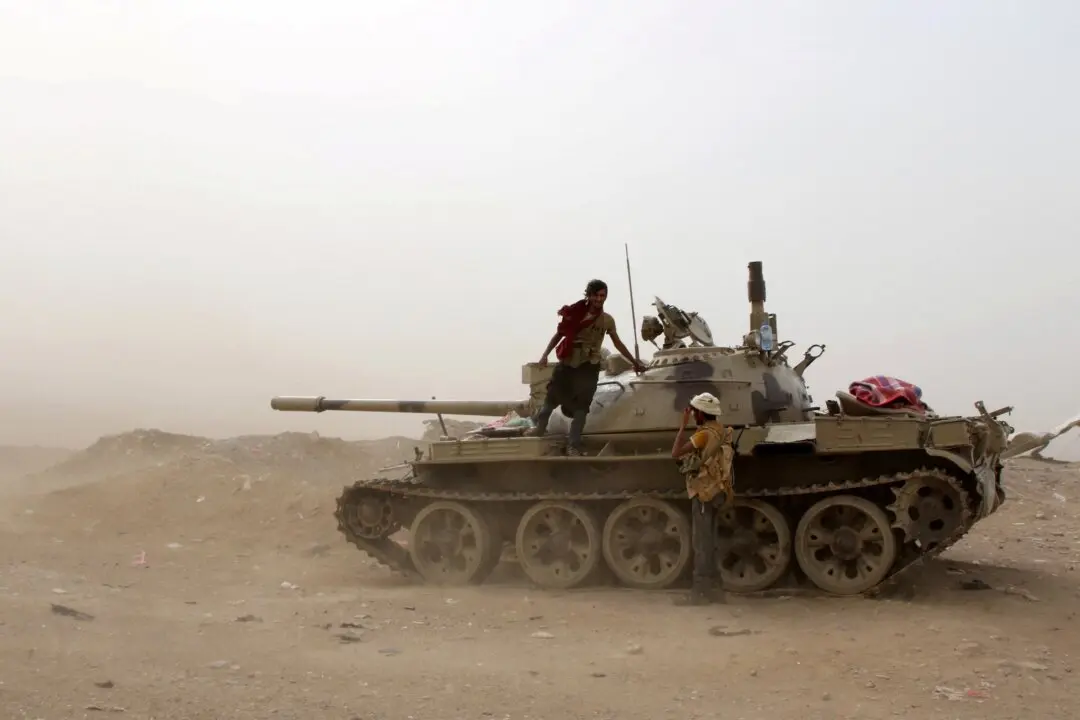Saudi Arabia has signaled its support for Russia as a continued member of the OPEC+ oil cartel, which comes amid ongoing Western pressure to sanction and isolate Moscow over the Ukraine invasion.
Saudi energy minister Prince Abdulaziz bin Salman told the Financial Times in an interview published on May 22 that he sees Russia as an integral part of the OPEC+ group of oil producers, adding that politics should be kept out of the alliance.





